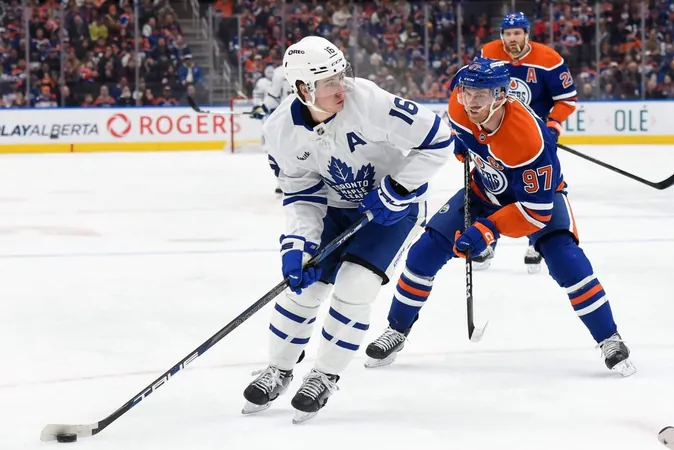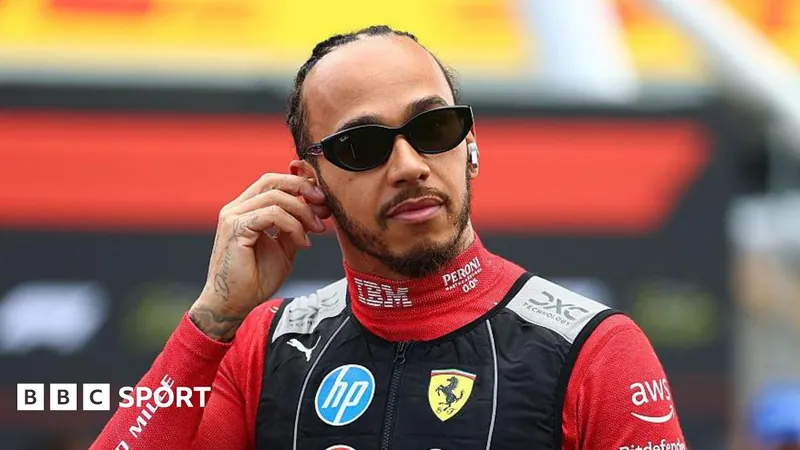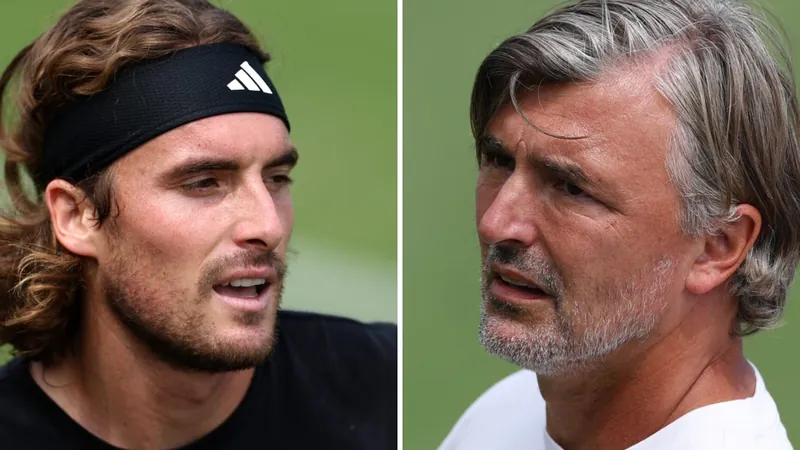
Are Mitch Marner and Connor McDavid About to Change the NHL Contract Game?
2025-06-22
Author: Amelia
With only days left until the 2025 NHL Draft and the start of free agency, NHL teams are in full scramble mode. As they dash to secure pending free agents, the talent pool for unrestricted free agents (UFAs) is rapidly thinning, especially with teams like the Dallas Stars and New Jersey Devils aggressively shedding salaries.
A major topic of conversation is how the NHL's new salary cap landscape will affect contracts moving forward. Set to rise from $88 million last season to an anticipated $95.5 million in 2025-26, the cap's growth stands at staggering annual increases: 8.5% in 2025-26, 8.9% in 2026-27, and 9.1% in 2027-28. Some analysts, including Chris Johnston from The Athletic, suggest these numbers might even be conservative given the league’s post-pandemic revenue resurgence.
This shifting financial environment is complicating contract negotiations for both UFAs and restricted free agents (RFAs). Teams and agents are grappling with redefined expectations. For example, if a player earned $7 million last year, should they now command $9 million in two seasons? And is a $4 million depth player the new norm?
The Case for Short-Term Deals
An intriguing possibility surfacing is the notion of star players opting for shorter-term deals—something that’s virtually unheard of in recent NHL history. Traditionally, these players locked in long-term contracts for financial security, but the current climate may prompt a shift.
Consider the rumored interest from stars like Mitch Marner and Connor McDavid. Marner's position as a top pending UFA this year and McDavid's potential free agency in the stacked 2026 class make them key figures in this evolving discussion.
Historically, securing contracts for under five years amongst top earners has been rare. In fact, only Auston Matthews’ four-year deal at $13.25 million annually stands out over the past eight years. Most stars have chosen the stability of long-term arrangements, avoiding short-term contracts.
But, what if they did? Marner, now at 28, faces a critical choice. If he signs for four years, he could capitalize on the skyrocketing cap in just a few years when his next deal could potentially yield even greater financial rewards.
Breaking Down the Numbers: Long vs. Short-Term
Here’s how the calculations could unfold: If Marner opts for a seven-year deal at around $13 million, he might see a total of $131 million, counting future earnings. Conversely, if he chose a four-year deal, he could be poised for a much larger payday later. With a reasonable increase to $17 million annually calculated under the rising cap, he could achieve a stunning $188 million by then!
This scenario highlights why some agents are advocating for this strategy—especially if players can re-enter free agency in their early 30s. The financial motives can be compelling, with long-term deals traditionally offering security but potentially locking players into unfavorable terms.
The Impact on Team Dynamics
On the flip side, there's the risk of injury affecting future earning potential. However, short-term contracts lend players like McDavid unparalleled flexibility and place pressure on their teams to remain competitive. This strategy is particularly enticing given McDavid’s emphasis on the importance of winning.
Agents are already predicting a shift. One suggested, "If I’m McDavid, I’d sign two-year deals from now on. With a rising cap, there's substantial financial reward in it." It’s plausible that such a strategy could elevate overall earnings significantly.
A Potential Shift in NHL Culture?
If NHL stars begin to embrace shorter contracts—a trend seen in the NBA—this could not only benefit individual players financially but also alter the league's landscape. It might pave the way for more player movement among contenders, reshaping competitive dynamics.
As we gear up for the whirlwind of free agency on July 1, all eyes will be on contracts that could either solidify a status quo or set new groundbreaking trends in NHL history.









 Brasil (PT)
Brasil (PT)
 Canada (EN)
Canada (EN)
 Chile (ES)
Chile (ES)
 Česko (CS)
Česko (CS)
 대한민국 (KO)
대한민국 (KO)
 España (ES)
España (ES)
 France (FR)
France (FR)
 Hong Kong (EN)
Hong Kong (EN)
 Italia (IT)
Italia (IT)
 日本 (JA)
日本 (JA)
 Magyarország (HU)
Magyarország (HU)
 Norge (NO)
Norge (NO)
 Polska (PL)
Polska (PL)
 Schweiz (DE)
Schweiz (DE)
 Singapore (EN)
Singapore (EN)
 Sverige (SV)
Sverige (SV)
 Suomi (FI)
Suomi (FI)
 Türkiye (TR)
Türkiye (TR)
 الإمارات العربية المتحدة (AR)
الإمارات العربية المتحدة (AR)